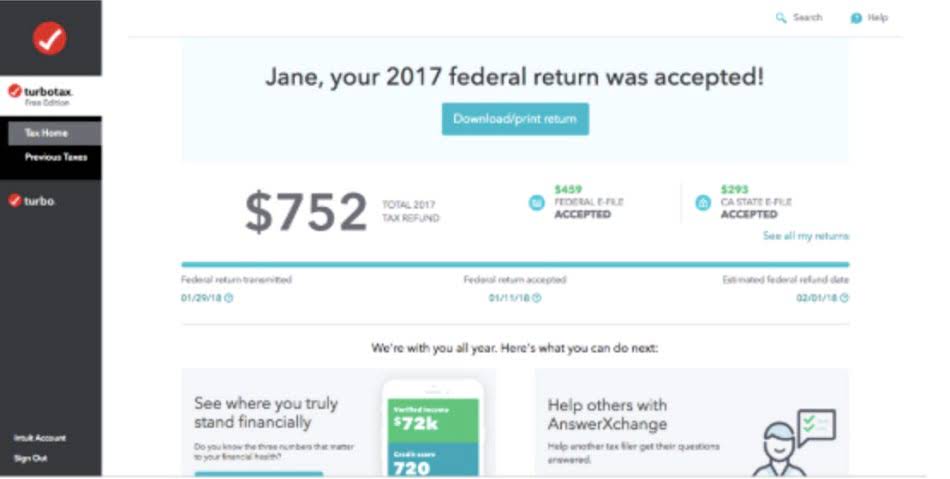
Accounting software monitors your whole financial situation, including purchase and sales orders, invoices, accounts receivable, and accounts payable. Retail accounting is a particular kind of inventory valuation frequently employed by millions of businesses. Having a handle on your inventory is an important step in managing a successful business. Periodically reconciling records against physical counts ensures accuracy and prevents discrepancies. Record Keeping for Small Business This is particularly important during heavy sales periods or after significant price changes.
- Synder simplifies the reconciliation process, making sure all your financial data matches up correctly.
- Now you have all the figures you need to calculate the value of your inventory at the end of Q1.
- Retail accounting simplifies managing many locations or channels but may lack accuracy.
- Regularly reconcile your bank statements with your recorded transactions to identify any discrepancies.
- The accounting process of reconciling financial statements involves carefully analyzing revenue and expenses to ensure they align with the actual financial situation of the business.
- Although knowledge is power, counting and managing inventory can be a restrictively time-consuming task.
Why you should use the retail inventory method

By calculating inventory value on a regular basis, you can understand how quickly you’re selling products and see how your sales compare to those of previous months. If sales of certain items are stagnant, that could be a sign that you need to better manage overstock inventory or conduct an inventory cleanup. Businesses have some options when it comes to methods for retail accounting. All Certified Public Accountant of these will help you determine the cost of goods sold and gross profit.
Bookkeeping for Retail Store

If you lack experience, accounting may be a accounting for retail time-consuming and challenging task. Thankfully, accounting can be outsourced, hired as in-house staff, or performed independently—look into accounting software, like Wafeq, if you wish to do it yourself. Therefore, retail accounting is unlikely to fulfill your demands if you want precise pricing values.
Revenue:
Running a successful retail business requires more than just an eye for great products and a knack for customer service. This guide delves into the world of retail accounting, exploring various retail accounting methods, the backbone of recording your financial activities. Cost accounting method is another method that retail stores can use, but it’s slightly different from retail accounting and has its own advantages. While retail accounting tracks inventory based on sales price, cost accounting tracks each item based on its total acquisition cost.
- Using weighted averages to find the inventory value is helpful to stores that sell a variety of items at different prices.
- Consequently, the lower of cost and net realizable value is the only permissible method.
- It focuses on recording income from sales, managing inventory levels, and calculating the cost of goods sold (COGS), which is a crucial metric for profitability analysis.
- Doing so can save you time at the end of the year when you’re preparing tax statements, and it helps you keep track of your revenue and profits.
- Alternate approaches include counting inventory, the FIFO (first in, first out) method, the LIFO (last in, first out) method, and the weighted average cost method.
Retail Store Accounting Methods 101

Retail accounting is an inventory valuation method that allows you to estimate your inventory value assuming prices are the same across units. Imagine your retail business selling various types of yarn and knitting accessories, with each fiber type and knitting needle set priced differently. Nevertheless, you have a 50% markup on all items, regardless of what they are. Identifying the purchase price of each ball is impractical; therefore, the retailer calculates a weighted average cost and applies this average cost across the entire stock. If you’re a retailer, you likely use at least a couple of the methods we’ve discussed in this article.

Using the retail method of accounting, retailers use the projected retail cost to value the inventory. Remember, your financial management practices must adapt as your business expands. You may deal with a larger inventory, increased sales transactions, and the financial intricacies of operating multiple store locations. SaasAnt PayTraQer is an accounting automation software designed to streamline your bookkeeping efforts and automate operations, ensuring your business operates more efficiently than before. Additionally, it allows you to oversee your financial management while dedicating more attention to your retail operations.